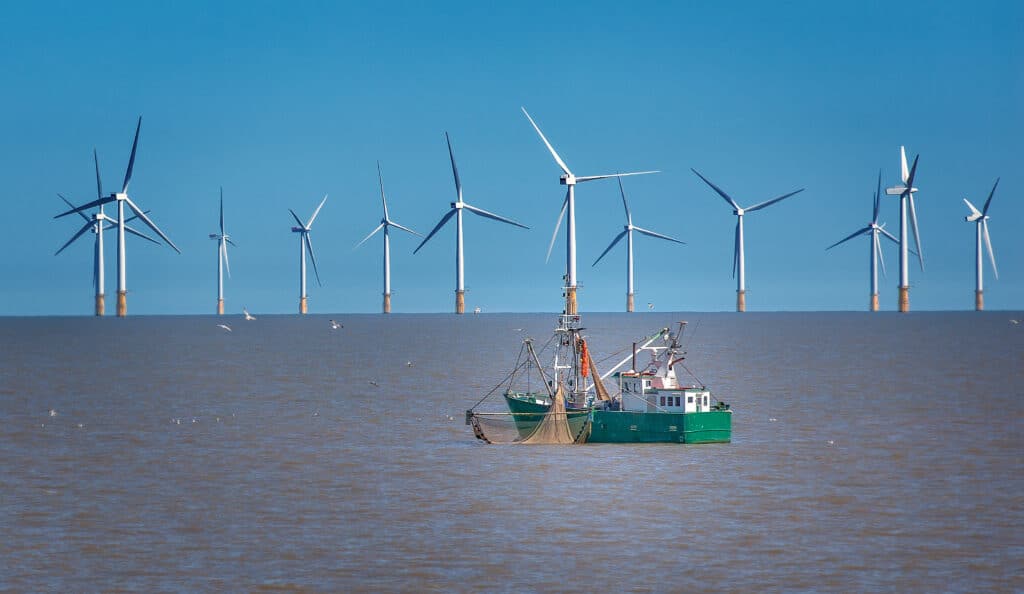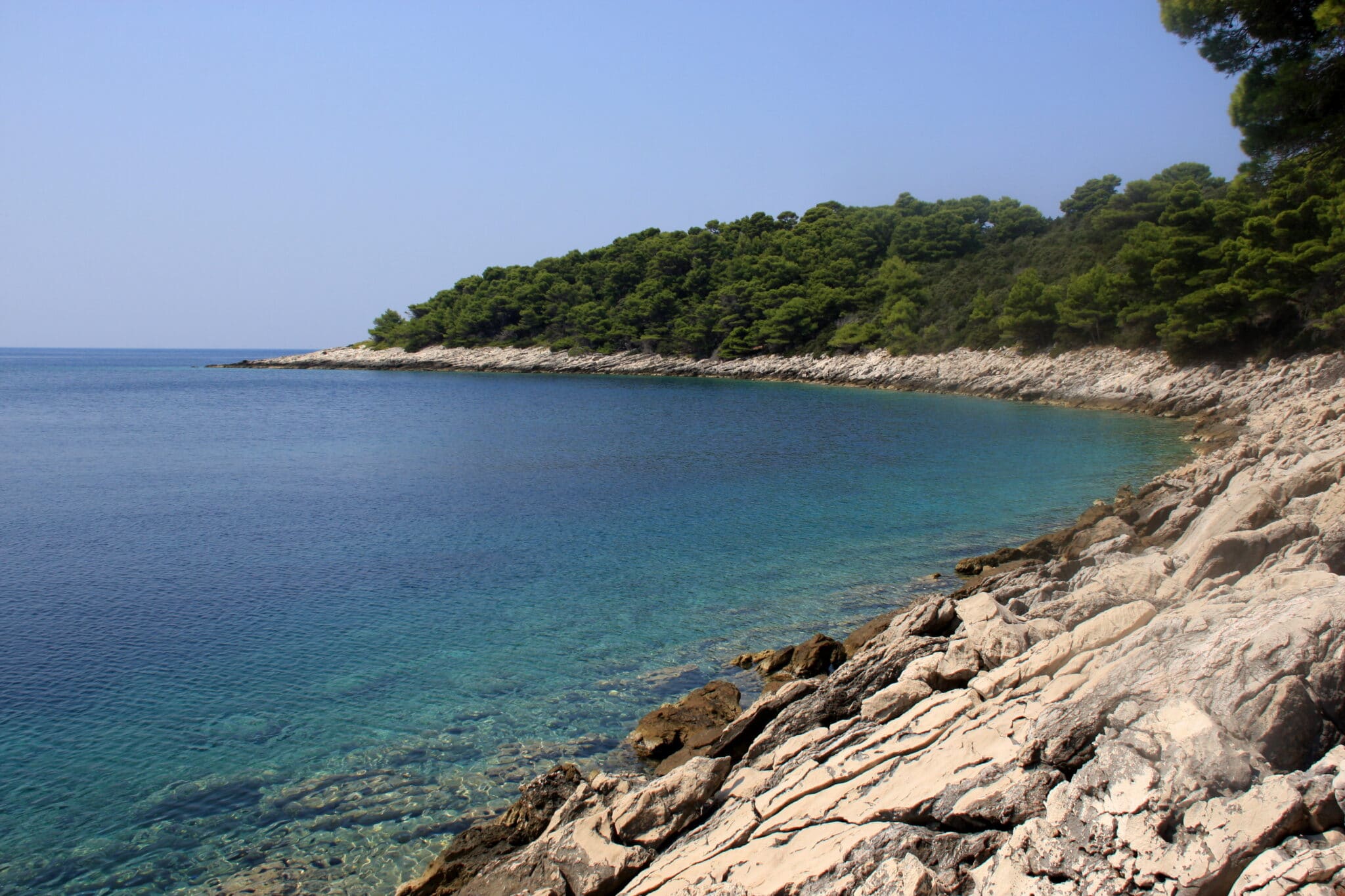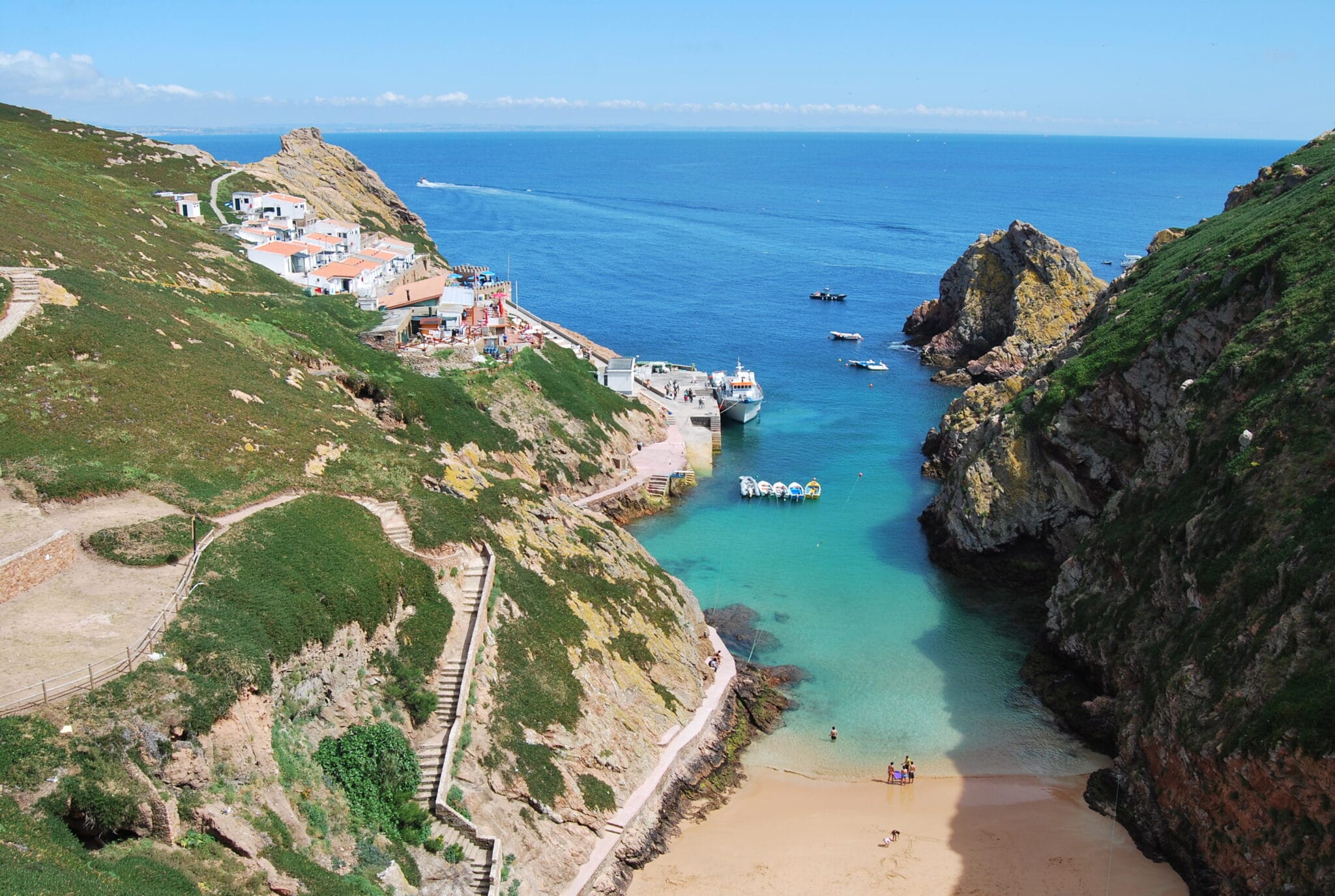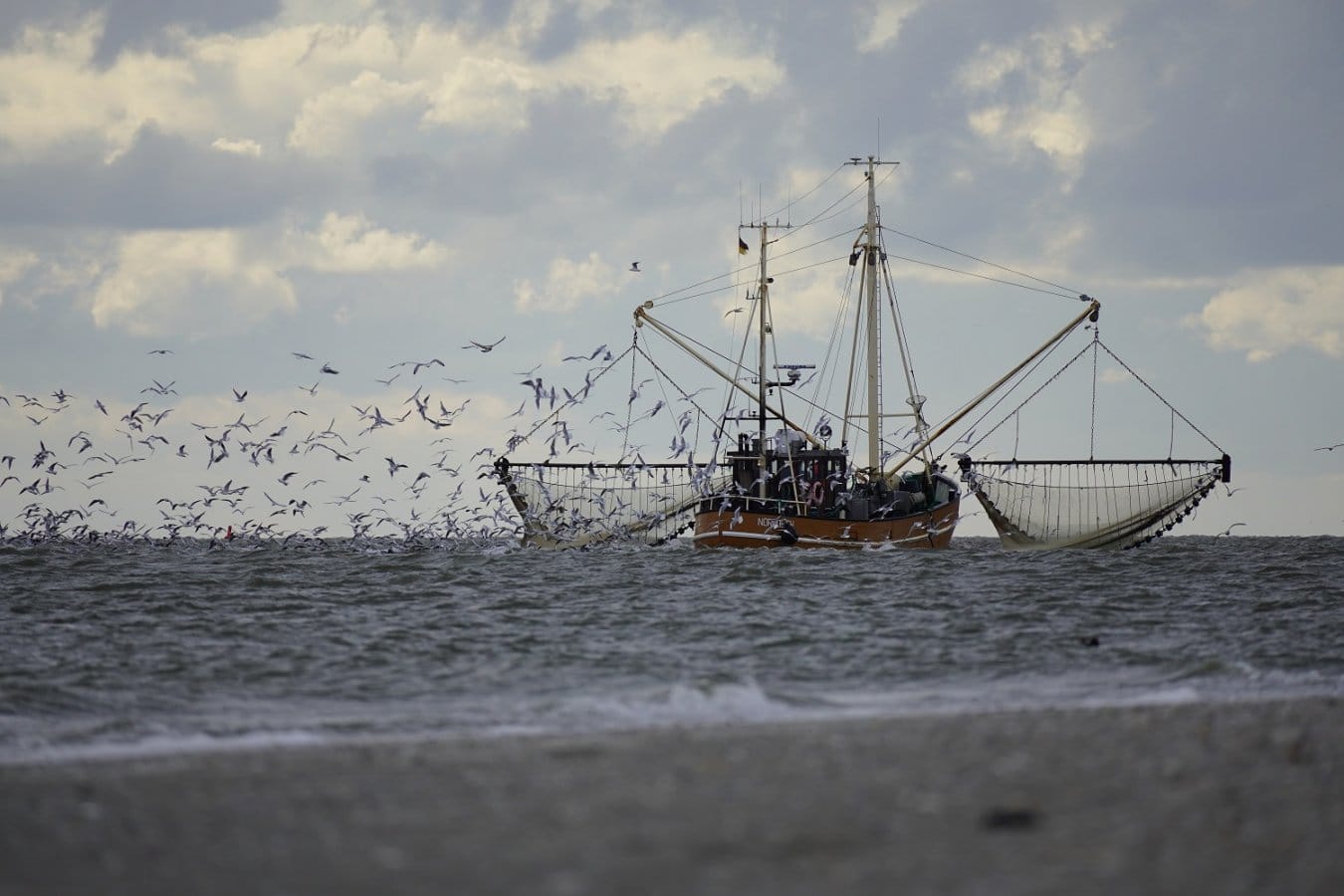Precious space: Maritime Spatial Plans can bring back nature at sea

Our seas are pressed for space. There is an increasing demand for it by a growing number of activities that are steadily increasing their intensity. Activities such as fishing, extraction of raw materials, shipping, tourism, aquaculture, but also installations to produce energy from renewable sources are all competing for space at sea. All these activities and more, must be managed in a coordinated and coherent way. Maritime Spatial Planning aims to do this following an ecosystem-based approach that ensures the achievement of Good Environmental Status of our seas. But are EU Member States’ maritime spatial plans sufficient to deliver on this?
According to the Maritime Spatial Planning Directive1, EU countries should have established their Maritime Spatial Plans (MSPs) by March 2021. Yet in 2022, many Member States are still lagging, and the Commission recently opened infringement procedures against five of them2. However, several Member States that have finalised their MSP still fall short of the requirements.
BirdLife assessed the marine spatial plans of four EU Member States (Belgium, Germany, Latvia, and Sweden) against 19 criteria to determine the extent to which the plans are likely to support the achievement of EU environmental and climate objectives. The assessment of the Netherlands and France was only published in 2023, after the publication of the initial four assessments.
The results are disheartening. Not only are all four plans likely to fail to enable the achievement of Good Environmental Status, but they are also likely to significantly increase the cumulative pressures on the marine environment. The plans fail to consider the cumulative impacts across all sectors and to fully account for the volume and intensity of planned/projected activities over the period of the plan. The conservation and restoration of the marine environment should not be treated in the same way as industrial sectors but should define the boundaries and set limits on the scale and intensity of these other uses.
In our new report, BirdLife makes recommendations for Member States to improve their plans and their implementation, and to ensure that all established and emerging uses of marine space are included. We also recommend that that a systematic and spatially explicit analysis of ecosystem functionality, connectivity, and sensitivity informs all decisions pertaining to the planning and regulation of human activities at sea. It is also important that plans are underpinned by a coherent network of effectively managed Marine Protected Areas (MPAs) and include measures for both passive and active restoration, as well as recognise the contribution of marine and coastal ecosystems to climate change mitigation.
In the face of the current environmental, climate, energy and geopolitical crises, and the scale and speed of the deployment of offshore renewables that is necessary, it is vital that EU countries seize the unique opportunity provided by Marine Spatial Planning to address existing pressures on the marine environment and sustainably manage their sea areas ensuring that nature is well-protected and preserved.
Read our technical report here.
Image credits: Offshore wind farm by Shaun Wilkinson
You might also be interested in:
 | Stichting BirdLife Europe gratefully acknowledges financial support from the European Commission. All content and opinions expressed on these pages are solely those of Stichting BirdLife Europe. The European Commission is not responsible for any use that may be made of the information it contains. |









